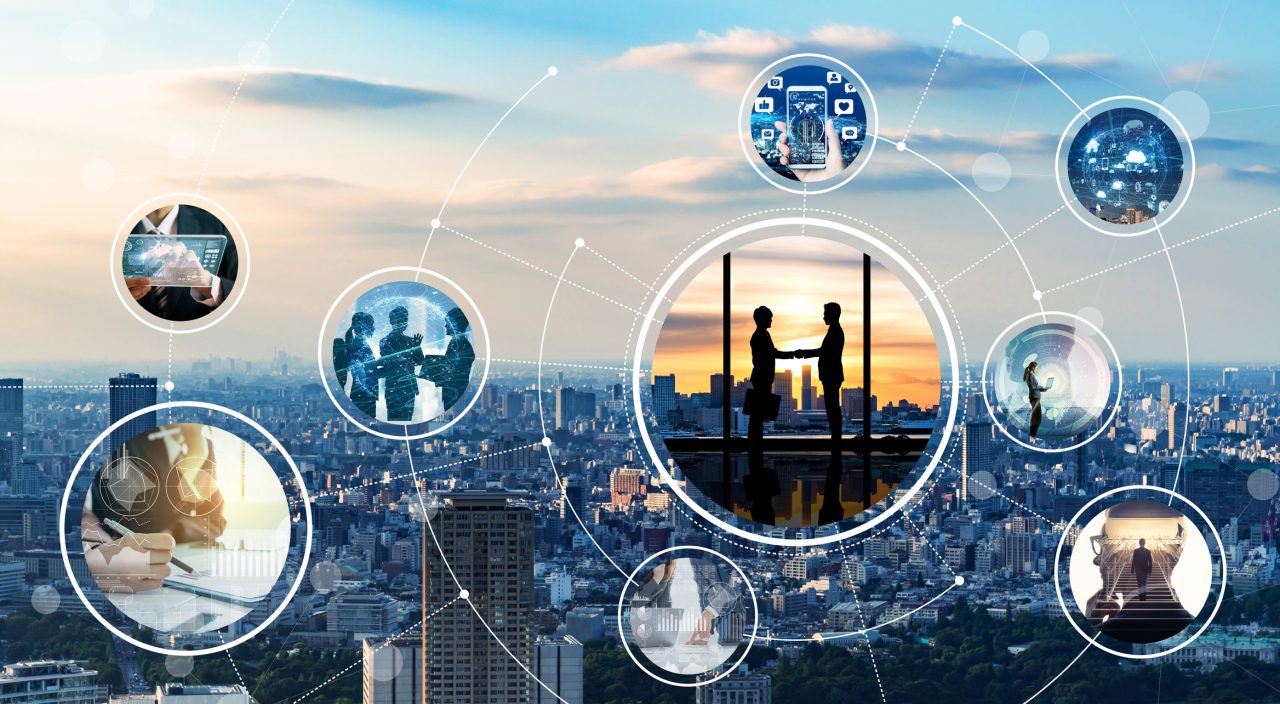Workforce Sustainability
The past 12 months have been difficult for many, especially in the infrastructure and construction industry, but there are many reasons to be positive about the year to come. And a new year is always a good time to think about the kind of sustainable workplace you want to create.
Sustainability has been a buzzword in the construction industry (and most others) for many years, but it’s typically used to refer to environmental sustainability. That means products or practices that are good for the environment and reduce the impact of climate change, like implementing solar power or banning single use plastics. Sustainability is about maximising our limited resources without endangering the prosperity of future generations. But what about the people in your organisation – aren’t they a resource too?
Industry Concept
Welcome to the concept of workforce sustainability.
“Just as we are reluctant to deplete our dwindling natural resources, we must also view the people with whom we work as a resource that should never be abused nor depleted,” business expert Christian Ofori-Boateng told Forbes.
“Instead of seeing human assets as limited resources to be used and later discarded, it’s time to embrace a renewable workforce that becomes richer over time.” A sustainable workplace is one that looks after its employees, cares about their health and wellbeing, promotes work/life balance and encourages flexibility. And the benefits flow both ways – these processes deepen employee loyalty, promote employee retention, increase productivity and boost performance.
The construction industry needs to develop a focus on workplace sustainability more than most. The Center for Construction Research and Training, a global non-profit dedicated to reducing occupational injuries, illnesses and fatalities in the construction industry, released a report in 2019 that highlighted the issue. “The construction workforce has experienced high turnover rates and poor safety performance over the last few decades…Many construction organisations do not invest in workforce development and have no long-term plans to cultivate the workforce.”
So how can workforce sustainability be achieved?
- Invest in your people through training, education opportunities and mentorship. Find out what your employees want to learn or how they want to upskill and encourage them to reach their goals. This will also help you identify any knowledge gaps you may have that can be filled through training or recruitment.
- Create a transparent culture where management and executives are accessible and supportive. Your employees should be able to be honest with their managers about their workload, personal life and any problems on the job.
- Foster a culture that ensures works feel valued, that they are part of a community, and that their health and wellbeing is a top priority. Focus on diversity and equality, so all workers can see genuine opportunity for advancement.
At Infrastructure People, we’ve always believed that people are your most valuable resource. It’s not just about hiring the right people at the start; it’s about ensuring that you keep them on staff by valuing their skills. Especially in the current market, attracting and retaining skilled staff are major issues, so companies need to be serious about developing a sustainable workplace. That means creating opportunities for their staff to build strong working relationships, building trust across all levels of the organisation, and encouraging their personal growth and development. A sustainable workplace and workforce are a benefit to both the employees and the company, having a positive impact on the business identity and promoting longevity. Speak to us about putting sustainability first!
For more Industry Insights: https://www.infrastructurepeople.net.au/industry-insights/


